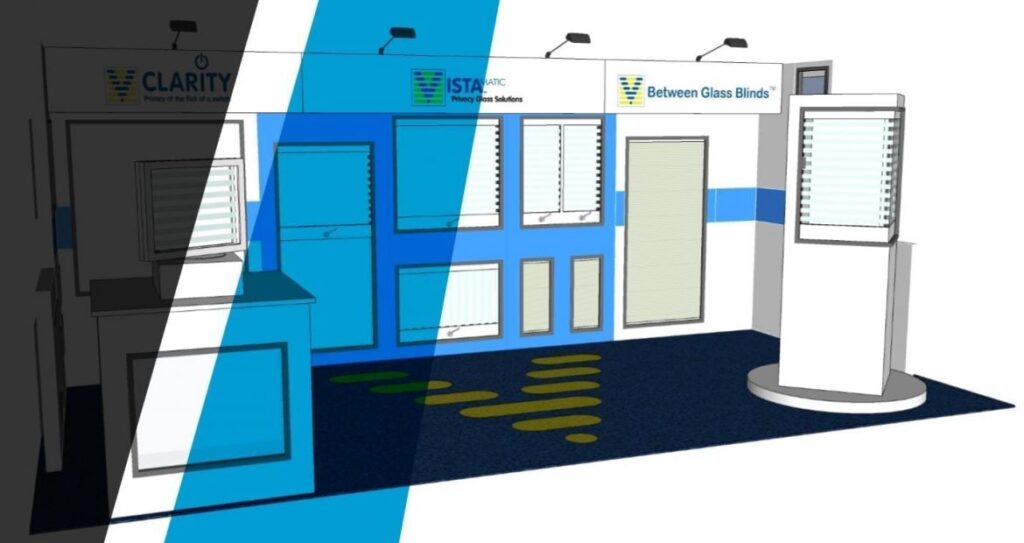Healthcare Design & Infection control
August 18, 2021Very interesting article in HealthCare Design magazine
highlights five key trends shaping the future of healthcare environments. As healthcare facilities aim to create more responsive and needs-specific spaces, innovative furniture and design techniques play a transformative role. By converting traditionally stark, clinical interiors into functional, aesthetic, and positive spaces, healthcare providers can improve patient satisfaction, facilitate healing, enhance visitor comfort, and increase employee productivity.
One significant trend discussed is the incorporation of residential warmth into healthcare settings. Facilities are moving away from traditional clinical designs in favor of environments that feel more familiar and comfortable to patients. This approach includes the use of matching wardrobes, bedside cabinets, and headwalls to create a consistent, home-like atmosphere.
Another critical area where design plays a role is infection control. Hospital-associated infections pose a serious threat, especially with the emergence of multi-drug-resistant organisms. The travel path of infection can affect numerous areas and elements in a hospital, including privacy curtains and furniture. As a result, healthcare facilities are taking measures to control the severity of these infections, focusing on determining the most effective ways to prevent and suppress the growth of infection-causing agents.
In response to these challenges, many hospitals are reevaluating traditional design elements. For instance, privacy curtains, which can harbor pathogens, are being replaced with alternatives like switchable privacy glass. This technology reduces touchpoints and is easier to clean, supporting infection control protocols. By integrating such innovations, healthcare facilities can enhance both patient safety and the overall care experience.
For more insights into these trends, you can read the full article here: Five Need-to-Know Trends Shaping Healthcare Design.


